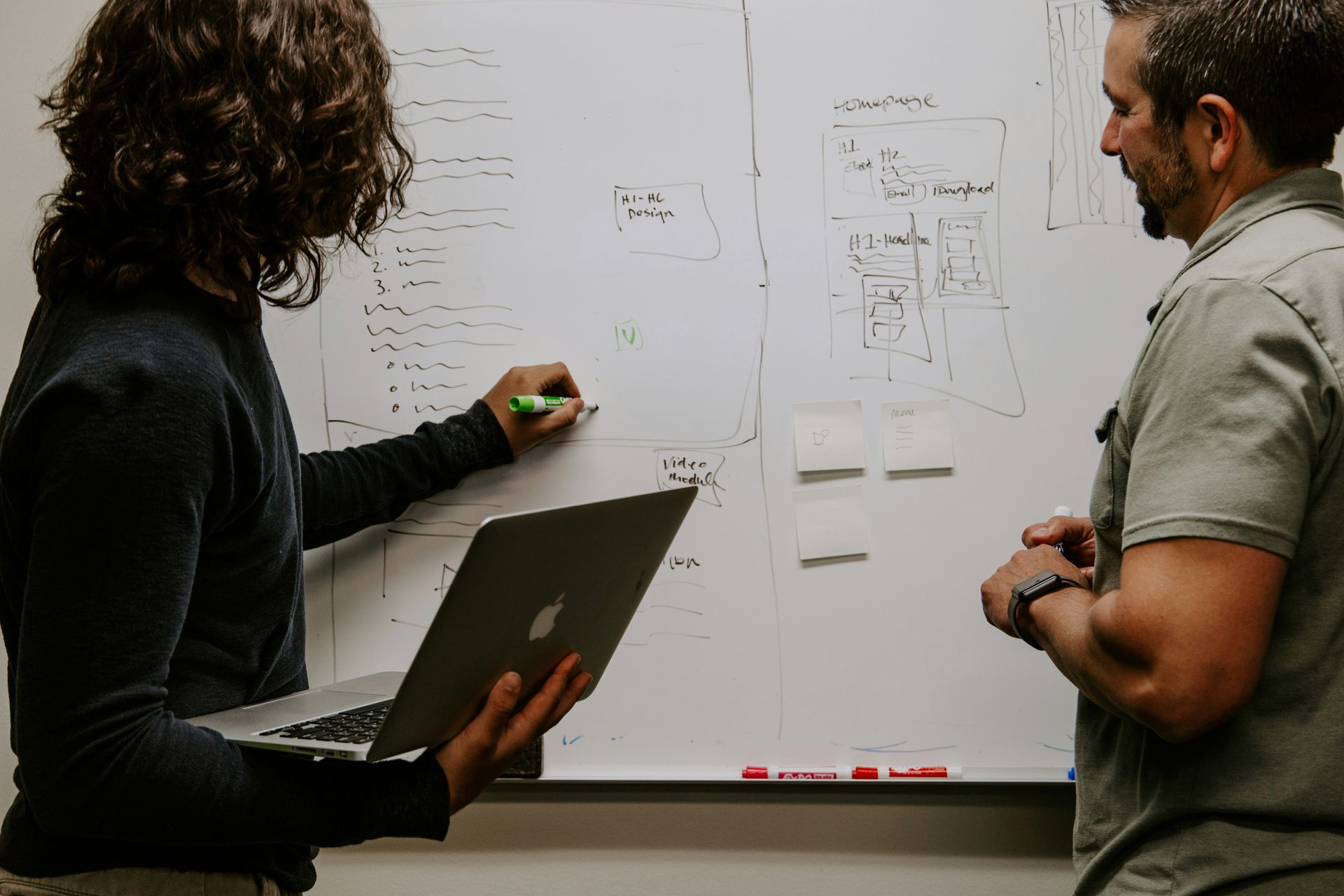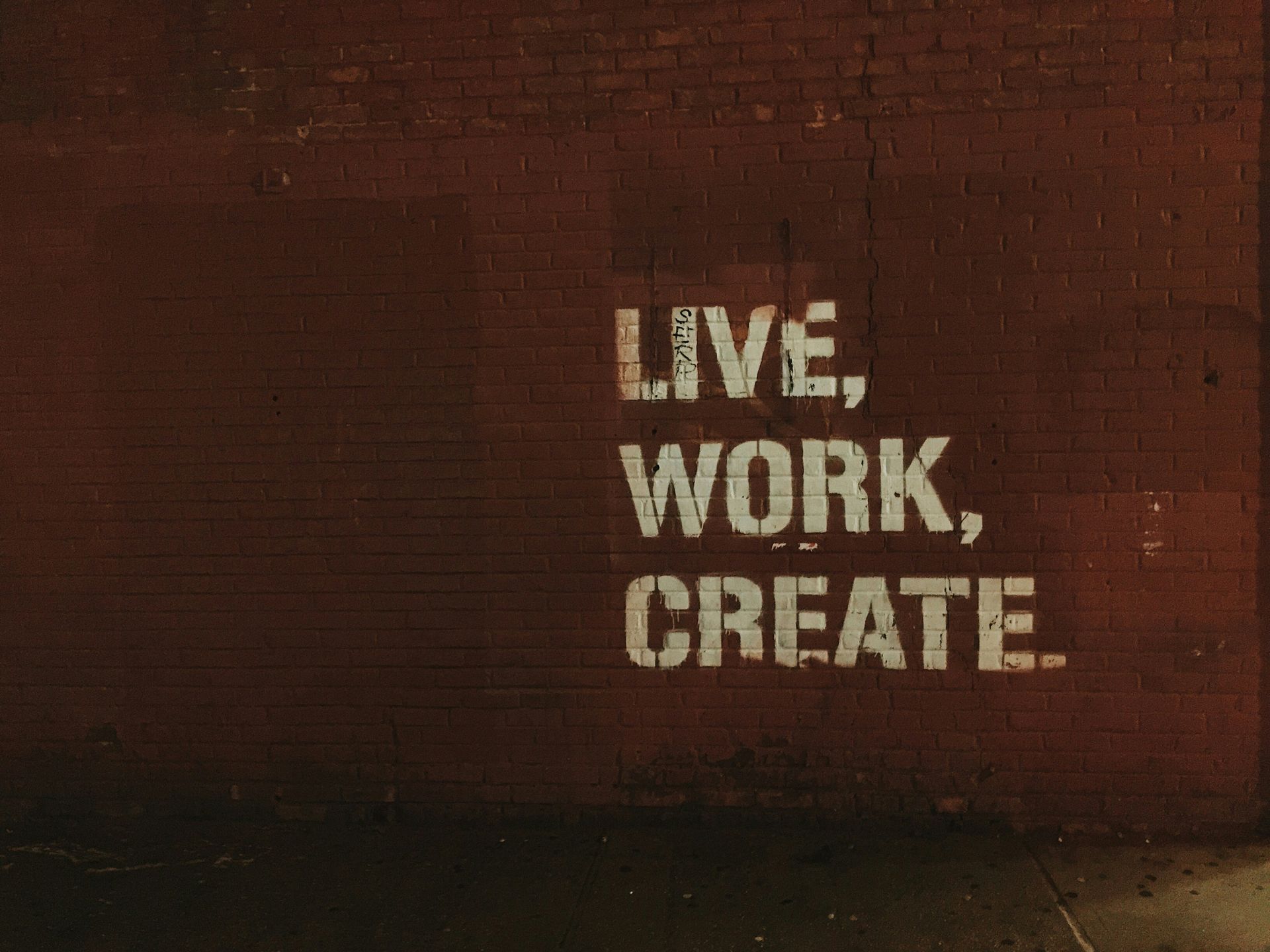By site-l28LFg
•
October 15, 2025
I wrote an article last December (2024) asking about who benefits from the gains in AI productivity and what I can say nearly a year later is that I’ve been deeply disappointed about the direction we’re heading. As AI implementation accelerates across organizations in the US and the globe, I see articles, organizations, and well-known speakers talk about how the future of work is intertwined with AI. Yet what I’ve actually observed are layoffs, hiring freezes for entry and junior-level roles, premature adoption of incomplete AI products, and widespread disregard for long-term AI strategies or environmental impacts. This leads me to ask: Are we truly witnessing the Future of Work or the Future of Exploitation? To me, the answer looks uncomfortably like exploitation. Exploitation of Businesses Incorporating AI It seems like everywhere you turn these days there is a new AI company offering organizations a solution to their pain points that AI can solve instantly. However, in conversations I’ve had with peers, I’ve heard that some companies make sweeping promises of results without having an actual system ready. They are essentially building it during implementation. In others, I’ve heard how AI companies do not disclose what happens to data that is being fed into the system. In other words, your data is probably being used to train their systems so they can sell it to another buyer. You’re paying to be both a consumer and data supplier. Exploitation of Workers While I have deep concerns for business leaders navigating the exploitation from AI companies, I feel deeply terrible for the employees who are being exploited by AI. When an organization lays off an entire or the majority of a team, who is left to pick up this work? Another team? A few remaining team members? Who gets compensated? Let me tell you, the remaining employees pick up the work and the compensation goes straight to executives or to shareholders. Not once have I heard or seen an article that addresses how employees will be rewarded for their new level of productivity. Their additional productivity and the profits that come from it are not realized by the employee. And worse, they see their peers in the proverbial “unemployment line” and hope to not suffer a similar fate. If that weren’t enough, many organizations fail to train employees properly on using AI tools, resulting in AI work slop, low-quality, machine-generated output that requires hours of rework. Inadequate or absent training erodes employees’ ability to think critically, diminishing engagement and discretionary effort since the focus is on output quantity and not necessarily quality. Furthermore, entry and junior level employees have all, but been told that they have no value because AI can do their work. This short-sightedness from organizational leadership is actively harmful in a number of different ways including: No succession pipeline: Without entry-level hires, there’s no foundation for future leadership. Lost mentorship opportunities: Mid- and senior-level employees lose chances to develop as mentors and leaders. Stifled innovation: Teams miss out on fresh perspectives and ideas from early-career professionals. Exploitation of the Community and Environment While this issue extends beyond any single organization, it reflects a broader systemic failure in how AI is being implemented. The electrical and water resources required to support AI development has exploited communities across the US. Ordinary people, maybe even your workers, are paying higher utility bills because of the resource demands for AI systems. Fresh water from communities is also being extracted to the benefit of data centers with the external costs being pushed onto unsuspecting communities. The real cherry on top is the pollution created by these data centers. So not only are residents paying more for electricity, they’re watching their water supply depleted and their air quality decline to sustain “AI innovation.” Future of Exploitation Implementing technology to reduce labor costs or increase productivity is nothing new. There is no future-focus for making things better. The current path we’ve set upon for AI is a system aimed at extracting even more from workers and global communities. This is a path for destruction and chaos. There is Hope! While our current path is bleak, there are things leaders could be considering right now to create a more humane, sustainable, and improved future of work. Have an AI Strategy Partner with your leadership teams to determine how AI will be implemented in your organization and ask the tough questions: 1. What specific problems is AI solving? 2. What policies should be enacted to protect our data? 3. What sort of infrastructure are we implementing to ensure our employees are knowledgeable about the AI tools we’re using? 4. How do we humanely support employees whose positions are impacted by AI implementation? Can we reskill them or redeploy them to another part of the organization to develop new opportunities? 5. How will we evaluate AI vendors to ensure reliability, transparency, and accountability in their data practices? 6. How is our AI vendor off-setting the environmental impacts of their data centers? Are there vendors that do similar work with a stronger focus on sustainability? Explore Benefits from Increased Productivity Rather than laying people off, consider alternatives for enriching your workforce from your productivity gains. Imagine the positive impacts the following could have on your organization and employer brand if you: 1. Implemented a shorter work week 2. Added redundancy to reduce single points of failure. Check out my article on lazy ants and see what I mean 3. Built community through meaningful engagement 4. Provided increased employee pay proportional to productivity gains 5. Reintroduced side project time (as Google once did) to give employees time to work on new skills or projects of interest 6. Expanded new or enhanced benefits, especially those related to health and well-being 7. Supported a cause or several causes supported by your employees 8. Invested in activities that promote sustainability 9. Redesigned office spaces to facilitate creative thinking, reflection, and healthy living The True Future of Work The Future of Work isn’t about just efficiency; it is about being more human. It’s about creating workplaces that nurture growth, community, sustainability, purpose, and fulfillment. The Future of Work shouldn’t be about extraction and exploitation it should be about building a shared vision that benefits all. We are at a moment in time where we have the power to change the status quo and build truly transformational organizations that value our humanity, provide a sense of community, and focus on long-term sustainability. As Eminem once said, “If you had one shot or one opportunity to seize everything you ever wanted one moment, would you capture it? Or just let it slip?” References and Further Reading: https://www.cnbc.com/2025/09/23/ai-generated-workslop-is-destroying-productivity-and-teams-researchers-say.html https://www.forbes.com/sites/andreahill/2025/08/27/ai-replacing-entry-level-jobs-the-impact-on-workers-and-the-economy/ https://www.nlc.org/article/2025/05/23/data-centers-and-local-environmental-considerations/ https://www.cio.com/article/3996256/what-roi-ai-misfires-spur-ceos-to-rethink-adoption.html





















